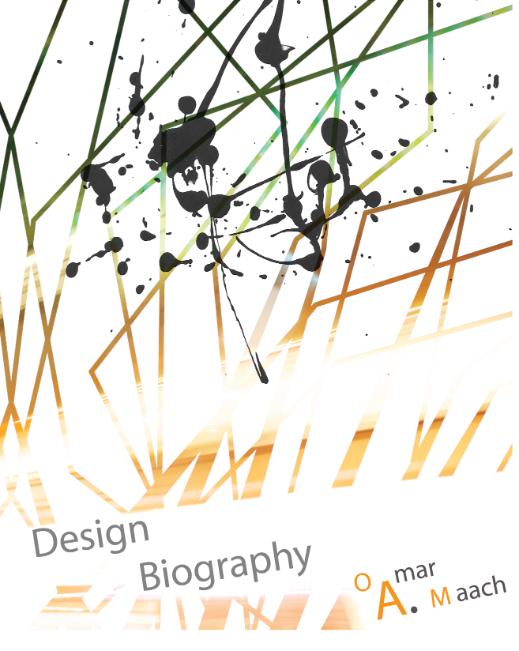
“There is no architecture without a concept” the concept is the driving force behind any design from the beginning to the end of the project. Concept is beyond a word, a shape, or arbitrary decision to make design such as, but it’s derived from a founded learning from the context and content that dictates the selection of the appropriate concept. Since architecture is the art of problem solving process, the concept is the product of conscious decision based on the context and content which in other words mean site and program. By considering a particular project in a context with no relevant historical or design significance, the concept that will generate the architecture doesn’t have to follow the site design style nor form; furthermore, it might even chose to ignore the context in order find its identity and redefine the context. From this perspective, a new concept generates a new architecture that will activate a once dormant context and let it acquire a new identity. In the other hand, the concept may not relate to concept but the context remains a truth that needs to be dealt with trough construction and function. The architect must engage and communicate with context in various aspects such circulation, orientation, and foundation… Therefore, there is always a relation between the site and the architecture.
Concept and context can be the same thing in some cases when the context is powerful and can’t be shut down even from the interior of enclosed space. By ignoring a powerful context, the concept might be weak and insignificant in a place where context generate a design opportunity from every angle and the blending of styles might not be necessary by the conservation of the architecture and historical language must be maintained in order create harmonious play between the concept and context. As concept become a volumetric configuration, the impact of the context or vice versa become a matter of time before the newly defined space finds it identity within the context and inside the concept. By this occurrence, the difference between site and architecture become one and finally the context is the concept. The relationship between context and concept can be described as either a relation of indifference, reciprocity, and conflict. |